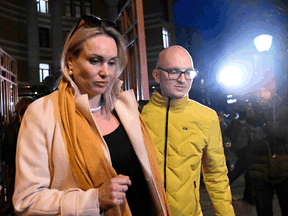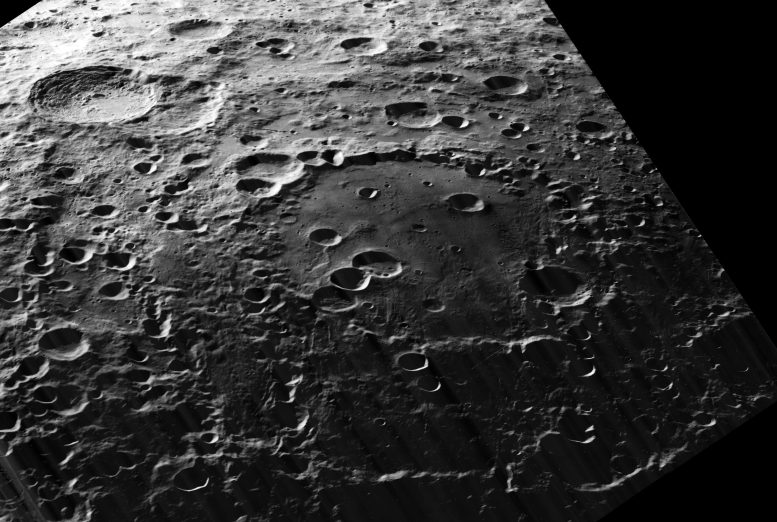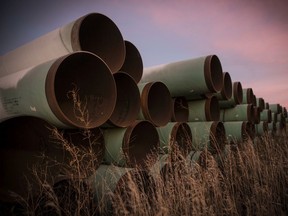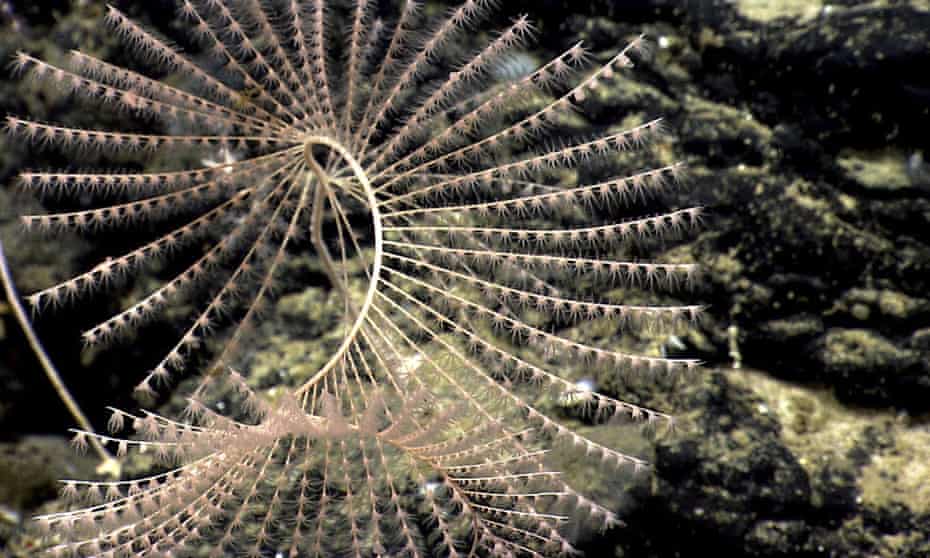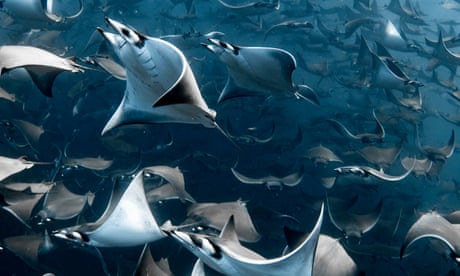
(Alamy)
Eleanor Langford
The MP for Nazanin Zaghari-Ratcliffe has said the British citizen, who has been detained in Iran since April 2016, is returning to the UK after having her British passport returned.
Labour MP Tulip Siddiq claimed on Tuesday that a British negotiating team had travelled to Iran, and that Zaghari-Ratcliffe had been given her British passport back.
The British-Iranian dual national was arrested at Imam Kohmeini airport and sentenced to a five-year term in prison for the charge of spying, an an allegation she strongly denies.
Earlier on Wednesday, Prime Minister Boris Johnson confirmed that talks over the release of Zaghari-Ratcliffe and other British citizens detained in Iran were "moving forward".
"I shouldn't really say much more right now just because those negotiations continue to be under way and we're going right up to the wire," he claimed earlier.
Hopes have been raised after an MP revealed yesterday that the 43-year-old’s British passport had been returned to her.

Zaghari-Ratcliffe was arrested in April 2016 as she prepared to fly back to the UK.
NEGOTIATIONS WITH TEHRAN to free British-Iranian mother Nazanin Zaghari-Ratcliffe are “moving forward” and are “going right up to the wire”, UK Prime Minister Boris Johnson has said.
The Prime Minister raised hopes today that the six-year ordeal could come to a close after suggestions the mother of one has had her passport returned.
But Johnson, during a trip to the Middle East, was cautious not to elaborate further on the state of negotiations with Tehran “because those negotiations continue to be under way”.
A glimmer of optimism for the 43-year-old came a day earlier when her constituency MP in Hampstead and Kilburn, Tulip Siddiq, said she had been returned her British passport.
‘Moving forward’
Johnson confirmed a British negotiating team was working in Tehran to secure the release of dual nationals, while Mrs Zaghari-Ratcliffe remains at her family home in the Iranian capital.
“I really don’t think I should say much more, I’m sorry, although things are moving forward,” he told broadcasters at the Emirates Palace hotel in Abu Dhabi.
“I shouldn’t really say much more right now just because those negotiations continue to be under way and we’re going right up to the wire.”
Zaghari-Ratcliffe was arrested in April 2016 as she prepared to fly back to the UK, having taken her daughter Gabriella – then not even two years old – to see relatives.
She was accused of plotting to overthrow the Iranian government and sentenced to five years in jail, spending four years in Tehran’s Evin Prison and one under house arrest.
Both the British government and Zaghari-Ratcliffe have always denied the allegations.
While the details of the negotiations remain unclear, it is possible they are linked to a £400 million (€475m) debt dating back to the 1970s owned to Iran by the UK.
The government accepts it should pay the “legitimate debt” for an order of 1,500 Chieftain tanks that was not fulfilled after the shah was deposed and replace by a revolutionary regime.
Tehran remains under strict sanctions, however, which have been linked to the failure to clear the debt.
Nazanin Zaghari-Ratcliffe: Could deal over £400m tank debt secure British-Iranian mother's freedom?
Boris Johnson confirms that "conversations are still going on" to secure the release of British-Iranian mother Nazanin Zaghari-Ratcliffe, who was first arrested by Iranian authorities six years ago.
Tom Rayner
Digital politics editor @RaynerSkyNews
Wednesday 16 March 2022 07:07, UK
Boris Johnson has said he does not want to "tempt fate" by commenting on negotiations currently taking place to secure the freedom of Nazanin Zaghari-Ratcliffe.
The prime minister confirmed on Tuesday that "conversations are still going on" to secure the release of the British-Iranian mother.
She was first arrested by Iranian authorities six years ago on accusations she had been conspiring against the country's government - charges she has always denied.
Hopes are now growing that her release could be imminent after Mrs Zaghari-Ratcliffe's MP - Tulip Siddiq - claimed in a social media post that her passport had been returned and that a British negotiating team were in Tehran.
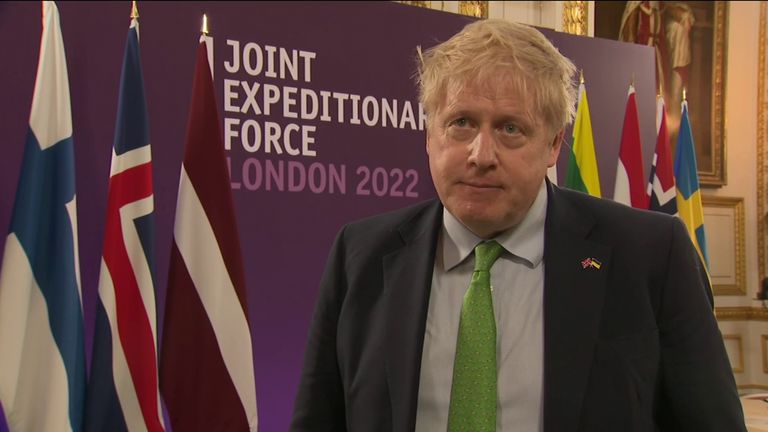
What is being negotiated?
There has not been any official account of the nature of negotiations taking place, which are understood to also relate to other consular cases involving dual British-Iranian nationals.
However, earlier this year, the PM did not deny there were efforts to strike a deal that would see the UK government settle an historical debt dispute with Iran.
During PMQs on 9 February, Ms Siddiq said she understood a deal signed between the UK government and the Iranian authorities in the summer of 2021 "that would have resulted in the payment of the £400m that we owe Iran and the release of my constituent Nazanin Zaghari-Ratcliffe" had fallen through.
Former Foreign Secretary Jeremy Hunt says this move is the 'most significant chink of light for many years.'
She urged the PM to personally meet her and Mrs Zaghari-Ratcliffe's husband, Richard Ratcliffe, to explain why the agreement had broken down.
Mr Johnson responded: "The International Military Services, or IMS, debt is difficult to settle and square away for all sorts of reasons to do with sanctions.
"But we will continue to work on it and I will certainly make sure that we have another meeting with Richard Ratcliffe in due course."
What is the IMS debt?
Following the 1979 Islamic revolution in Iran, the British government cancelled an order for 1,500 Chieftain tanks and armoured vehicles.
The order was being handled by what was then the Ministry of Defence's arms-trading subsidiary - International Military Services.
The order had already been paid for when it was cancelled. The debt owed following the non-delivery of the tanks is estimated at £400m.
Last November, Foreign Office minister James Cleverley told MPs the government accepts liability for the debt, but said settling the matter was "not easy" due to sanctions imposed on Iran.
"The UK government recognise that we have a duty to legally repay this debt and we continue to explore all legal options to resolve this 40-year-old case," he said in the House of Commons.
But he added: "We do not accept British dual nationals being used as diplomatic leverage."
A High Court hearing on the question of the IMS debt repayment had been scheduled for April 2021 but was adjourned at the request of the Iranian defence ministry. A new hearing date has yet to be set.
Mr Ratcliffe has previously accused the government of being "too timid" in its negotiations with Iran, and recently went on hunger strike to put pressure on ministers to go further to secure his wife's release.

Is there any connection to the Iran nuclear deal negotiations?
Since his election, US President Joe Biden has been working to re-establish the Iran nuclear deal, which his predecessor Donald Trump abandoned in 2018.
Those talks have increased in intensity in recent months, with reports the US could be close to rejoining the agreement - despite complications caused by Russia's invasion of Ukraine.
The deal, known as the Joint Comprehensive Plan of Action (JCPOA), aims to ease sanctions on Iran in return for limits being put on Tehran's nuclear programme.
It was signed by the US, UK, China, France, Germany, Russia, the EU and Iran in 2015.
Last summer, Iran's main negotiator accused Western countries of delaying talks around prisoners to force Iran into JCPOA negotiations before a new government was in place.
Both the US administration and UK government have repeatedly insisted there is no connection between the efforts to negotiate the release of dual national prisoners and the nuclear talks.
However, following the JCPOA's initial implementation in 2016, Barack Obama's administration did secure the release of four American prisoners from Iran.
